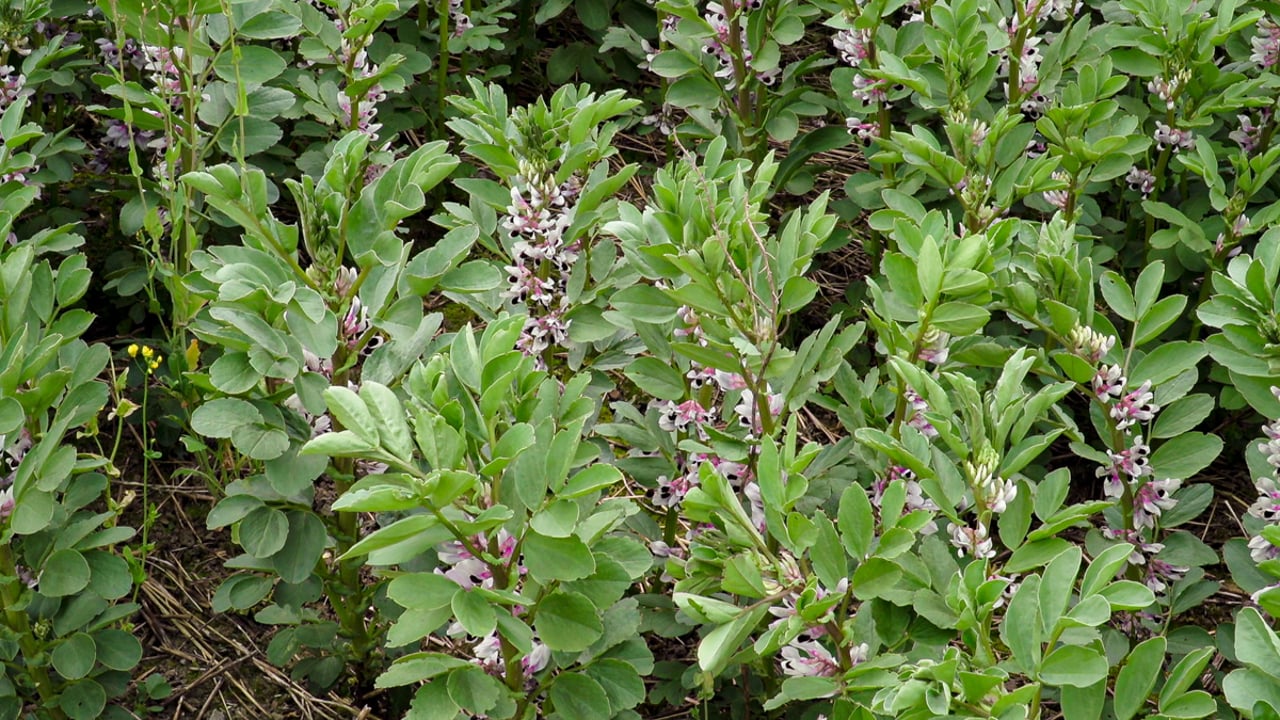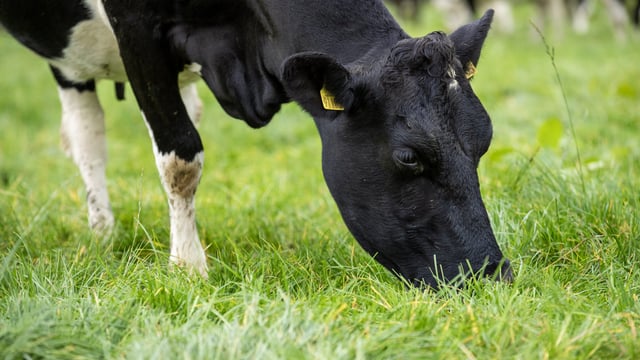Protein aid area payment expected to reach €580/ha for 2025
Teagasc has confirmed that the Protein Aid Scheme budget for 2025 will rise to €10 million, with the maximum area payment expected to be €580/ha.
It has said that an increased premium last year encouraged late planting, but warned that late planting will result in late harvesting, with May-drilled crops harvested in November and December.
It advised growers to plant beans in February and March in good soil conditions, and recommended four varieties: Caprice; Lynx; Protina; and, Victus.
While recognising that each variety has its own strengths and weaknesses, it recommended that growers look on each bag for its thousand grain weight (TGW) and calculate the correct seed rate accordingly.
Growers should aim to drill 40 to 45 seeds per square metre to establish 35 plants per square metre. The performance of beans has been variable on many farms over the last few years but some seem to get consistently good yields.
Beans like moisture retentive soils or soils that don’t dry out during the spring or summer. Soils that are drought prone rarely perform well unless in the case of a damp summer.
In lighter soils, peas can often perform better but they are risky to harvest. Beans perform well where the soil indices for phosphorus (P) and potassium (K) are high.
Trials from Oak Park have clearly shown where beans are sown in index 1 or 2 soils for P and K, they never yield as well as those sown in index 3 soils, regardless of how much fertiliser is used.
Medium soils allow good root development for beans. They will usually retain enough moisture to meet the needs of the crop.
Additionally, medium type soils will dry out reasonably quickly in the springtime, and allow sowing to proceed in good time.
Compacted soils should be avoided, or soils where draining is impeded.
Meanwhile demand for beans within the Irish market continues to grow. They can be used as a soya replacement in growing numbers of pig and ruminant diets.
Spring beans will always make sense within any tillage rotation. And this should genuinely be the case in 2025.
Beans make a perfect entry crop for winter wheat. And their nitrogen fixing potential ticks every agronomic, economic and environmental perspective when it comes to growing crops on a sustainable basis.
With all tillage farmers having had ample opportunity to get winter cereals planted some weeks ago, this leaves the ‘ground clear’ to get beans established as soon as weather conditions improve.





